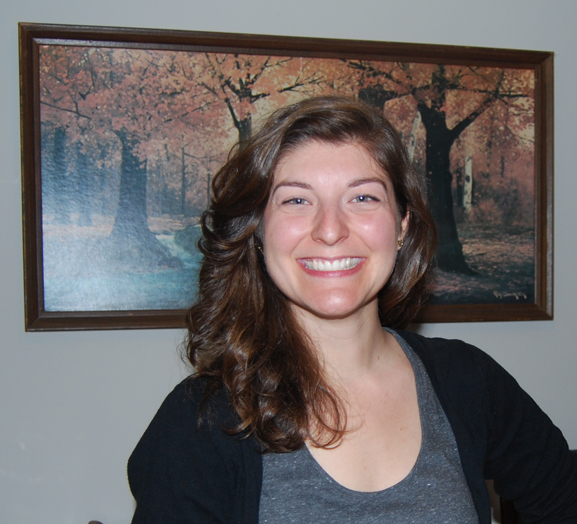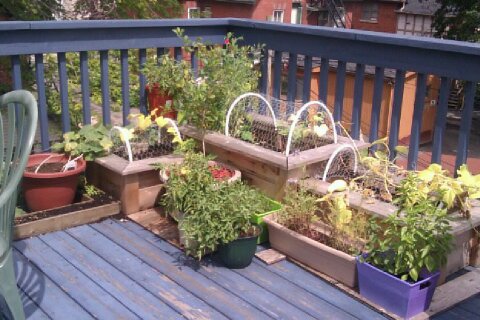Writers need access to Canada's past
/Picture this: you’re writing a feature article, set in small-town Ontario, and need to locate some historical information. You’ve done this type of research before; you know just what to do. But then, you learn that the local archive is closed because the Harper government cut the grant program that helped fund rural record keeping. So you go without. Your research is incomplete. Maybe another time you need to find current statistical data, but you realize the data is seriously lacking because there is no mandatory long-form census. That was cut too. But this doesn’t stop you from going to the Library and Archives (LAC) in Ottawa, where you’ll ask the archivist to help you find the information you need. But once you get there, you find out that staff is drastically reduced and there is no front-line service. Go online, you think. But you can’t find what you need, and there is no one to help you. The keepers, organizers, and retrievers of Canada’s history and heritage have been cut like the awkward kid on a high school sports team.
Access to information is essential for any writer. These days, research is becoming increasingly more difficult, with cuts to the Library and Archives Canada’s budget and changes to its mandate. For some reason, this topic is little discussed in mainstream media. Perhaps it’s because it brings to mind images of little white-haired librarians and hunched over archivists - in other words, people think it’s boring. Or maybe it’s because if the implications were understood by the general public, the government would be accused of stifling democracy. Whatever the reason, Canadians will be the ones to suffer.
The LAC is set with the mandate to “preserve the documentary heritage of Canada for the benefit of present and future generations,” but it cannot meet this mandate with the changes brought about by the Harper government. Libraries and archives in various government departments have closed, eliminating access to specialized information. Physical collections are being digitized and the physical copies stored away, no longer accessible, while others are deemed altogether unessential and disposed of. The public (meaning us writers) will only be able to access digital, on-line copies of a fraction of the LAC holdings. To make things just a little more challenging to find, summaries of material will no longer be written by those pesky librarians or archivists. People won’t have to suffer the long-winded jargon of the professional Shush’ers. No, now summaries will be written by regular ol’folk. Making the search functions that much more effective, presumably. Worried that these changes may affect your future research and writing? You should be. The LAC will no longer be burdened with the responsibility to be the “legal deposit of everything published in Canada and all government records.” The changed mandate will now require individual government departments to decide what is “valuable”.
Libraries and archives hold our collective memory; they allow us to look into our past and to make sound and informed decisions for the future. They also hold governments to account, which is essential in a true democracy. Cuts to funding and changes to mandate seem to serve only short-sighted goals: the trimming of federal spending and the moratorium on acquiring new materials. In other words, that creative non-fiction novel you write may not even make it into the LAC.
Amanda Kavanagh
Amanda Kavanagh was an educator and is an aspiring writer. During her career as a teacher she came to the realization that she needed an outlet for her strong opinions. She enrolled in Algonquin College’s Professional Writing program. Along with her career change, Amanda has also made some life changes. Her do-it-yourself projects, gardening and research into living a cleaner and more satisfying life have become some of her favourite past-times.
Amanda peruses these sites from time to time:
Mother Earth News | Design Sponge | Top Documentary Films | Global Research












